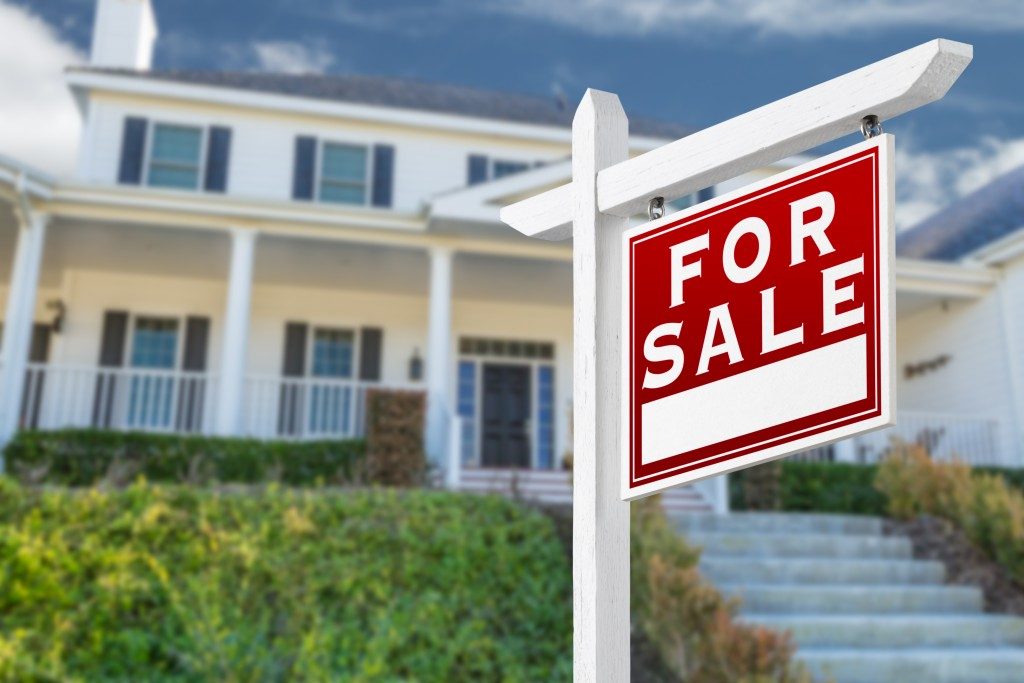If you watch a lot of HGTV, you know that you can get a lot of dough doing house flipping. In fact, the average margin of a flip is a whopping $66,448, according to online news site SFGate. Running a flipping business, however, isn’t as easy as your favorite shows make it appear. You’re bound to run into some problems along the way. Here are some common mistakes in flipping a home, and how you can avoid them.
Not Giving a Thorough Inspection
You’ve finally found the deal of a lifetime. The house that you want fits right in your budget, and it looks like it doesn’t need much work done. The seller tells you that the house doesn’t have any safety issues they’re aware of. As tempting as it is to take this deal, you should take extra caution and hire an inspector to take a look at the house. They can identify all kinds of significant problems in places you’d never think to look like hidden pipe leaks in walls or a power connection that isn’t up to code. It also helps to hire an asbestos tester to make sure the home is safe to work on.
Miscalculating the Costs
Breaking even is the core concept of business, and nowhere is it more apparent than in the real estate industry. Financial advice site says that when making purchases, you should follow the “70% rule” so you won’t end up living from paycheck to paycheck after buying a home to flip. This rule states that a person should only pay about 70% of a house’s value after it’s fully repaired.
Let’s say you’re buying a home that has an after-repair value of $250,000 and you need about $15,000 for repairs. First, multiply $250,000 by 70%. It gives you a result of $175,000, from which you deduct the $15,000 needed for repairs. You’re left with the $160,000, which is what you’d roughly want to pay for the house you’re planning to buy.
Once you’ve got your home price sorted out, it’s time to think about how much you’re going to pay for renovation and remodeling work. According to research firm Manta, the average home remodeling cost in cities like Salt Lake City, Utah is $40,979. Renovation projects, on the other hand, cost about $41,306. The money you need for your project depends on the parts of the house you’re flipping completely. For example, you might need to spend more if you plan on improving the kitchen, as kitchen remodels tend to cost around $21,592 in the city. Work closely with your contractor to drive down costs while maintaining the quality of the work.
Underestimating the Work

You don’t want to end up selling a home you worked on, only for the buyer to find out that bathrooms don’t flush or the lights keep flickering. Unless you have formal training and a team of experts, you should never undertake any plumbing or electrical work yourself. If you want to DIY some work in your home, start with small projects like painting or taking down small cabinets for demolition.
Flipping a house is hard work. You need to invest a lot of cash and effort to create a structure that you’ll be proud to sell. Make sure you or a professional inspector properly inspects the home you’re flipping, and that you allocate the correct amount for the home purchase and aftersales repairs. Don’t bite off more than you can chew when it comes to DIY work. Before you know it, you’ll be flipping and selling houses like rapper-turned-flipper Vanilla Ice.

